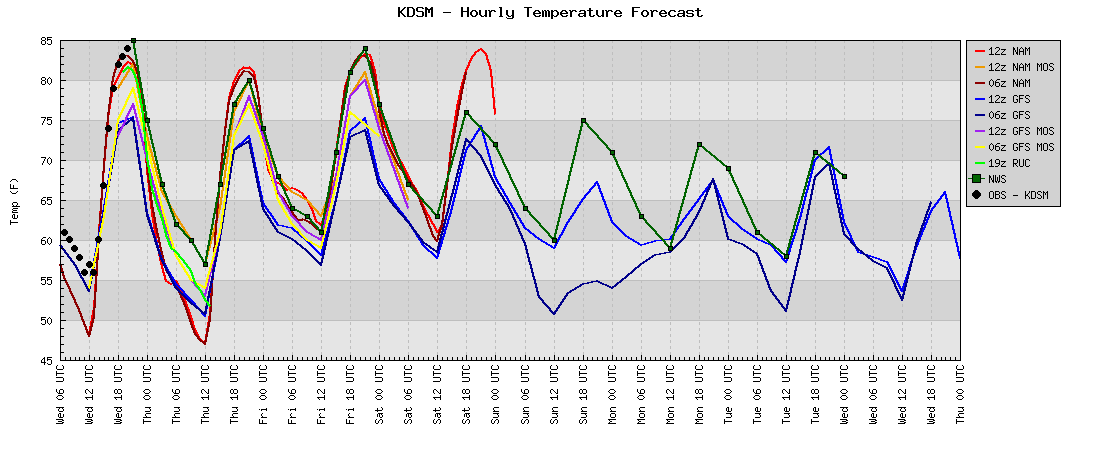

- #Current feels like temperature how to
- #Current feels like temperature skin
- #Current feels like temperature full
The National Weather Service developed the chart below to easily determine the wind chill. When winds are light – 3 mph or lower – the wind chill is not a factor because the thin layer of warm air stays close to your skin. Therefore, the stronger the winds, the colder the air will feel. As wind speeds increase, the amount of heat lost from your body also increases.

HOW COLD CAN TEMPERATURES GET DURING THE COLDEST TIME OF YEAR?Ī thin layer of warm air, produced by body heat, exists just above your skin. That means on a windy day in the winter, the wind chill will be notably lower than the actual air temperature.
#Current feels like temperature skin
The wind chill is how cold the air feels on your skin when factoring in the wind for any temperature at or below 50 degrees with wind speeds above 3 mph. In the winter, the feels-like temperature is also called the wind chill.
#Current feels like temperature how to
HOW TO TELL THE DIFFERENCE BETWEEN HEAT EXHAUSTION AND HEATSTROKEĬlick here to read more about the heat index and why it's important to your health. The orange areas indicate danger, with muscle cramps and/or heat exhaustion likely if outdoors for too long heatstroke is also possible with prolonged exposure and/or physical activity such as running or biking. The red areas on the heat index chart indicate extreme danger, meaning there’s a serious risk of heatstroke if you spend any significant amount of time outdoors in those conditions.
#Current feels like temperature full
These heat index values were formulated for shady, light-wind conditions, but you should be aware that exposure to full sunshine can increase the "feels-like" temperature by as much as 15 degrees, according to the NWS. Apparent temperature, also known as feels like, is the temperature equivalent perceived by humans, caused by the combined effects of air temperature. There is also a heat index calculator available on this NWS webpage if you prefer to use the dew point instead of relative humidity for the heat index calculation. The feels like temperature measures the expected air. When humidity is high, this evaporation reduces resulting in 'feels like' temperatures that appear warmer than the actual air temperature.The National Weather Service heat index chart. The feels like temperature is different to the actual air temperature shown on a weather forecast.
/cloudfront-us-east-1.images.arcpublishing.com/gray/CSV76N3YYZAEFIQYXSJGKXSVTQ.png)

When a human perspires, the water in the sweat evaporates leading to the cooling of the body as the heat is carried away. When the wind speed is low in periods of high temperatures, the 'feels like' temperatures become more impacted by the humidity level. If it is windy, the wind will take the boundary layer away and the skin temperature will drop making us feel colder. On a calm day, our bodies insulate us with a boundary layer which warms the air closest to the skin. An example of this is in winter when winds blowing to the UK from a north- easterly direction make the 'feels like' temperatures colder than the actual air temperature. 'Feels like' temperatures throughout the year are particularly influenced by wind. Hourly Local Weather Forecast, weather conditions, precipitation, dew point, humidity, wind from and The Weather Channel. This has the effect of moving heat away from the body and making the surrounding air feel colder than it actually is. The 'feels like' temperature is especially important on windy days due to the effect of wind on the evaporation speed of moisture from skin, the stronger the wind, the faster the cooling of the skin.


 0 kommentar(er)
0 kommentar(er)
